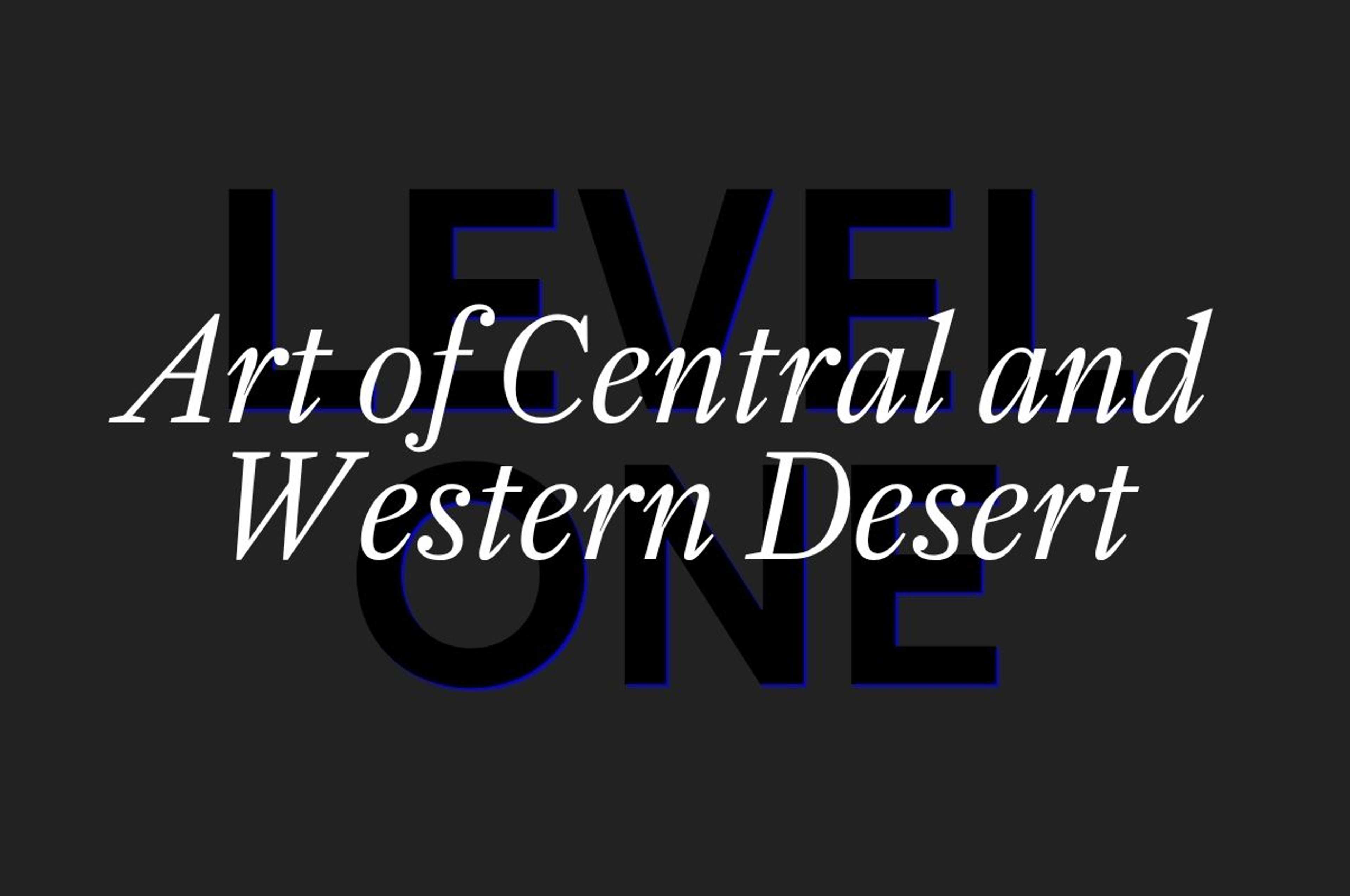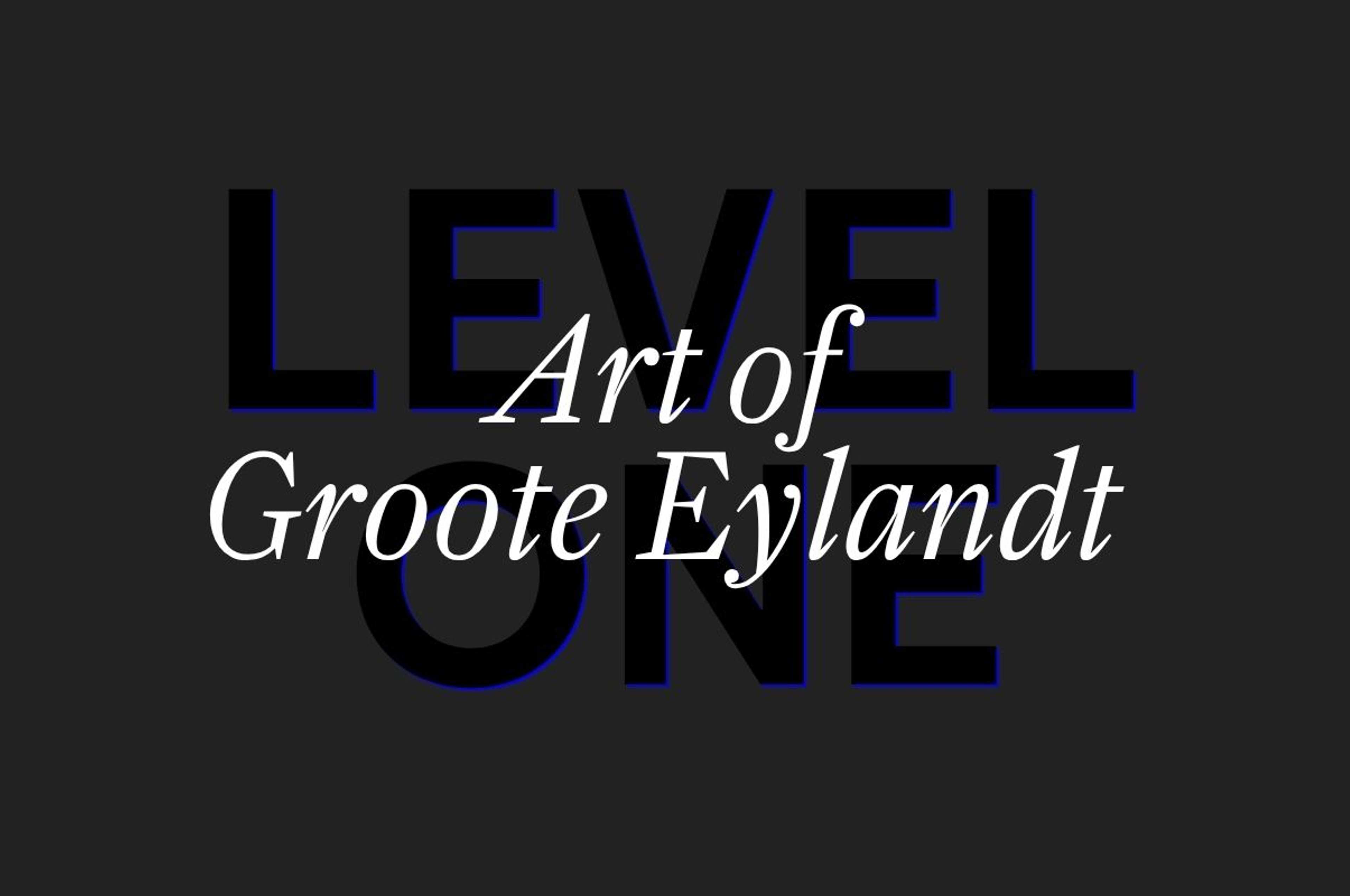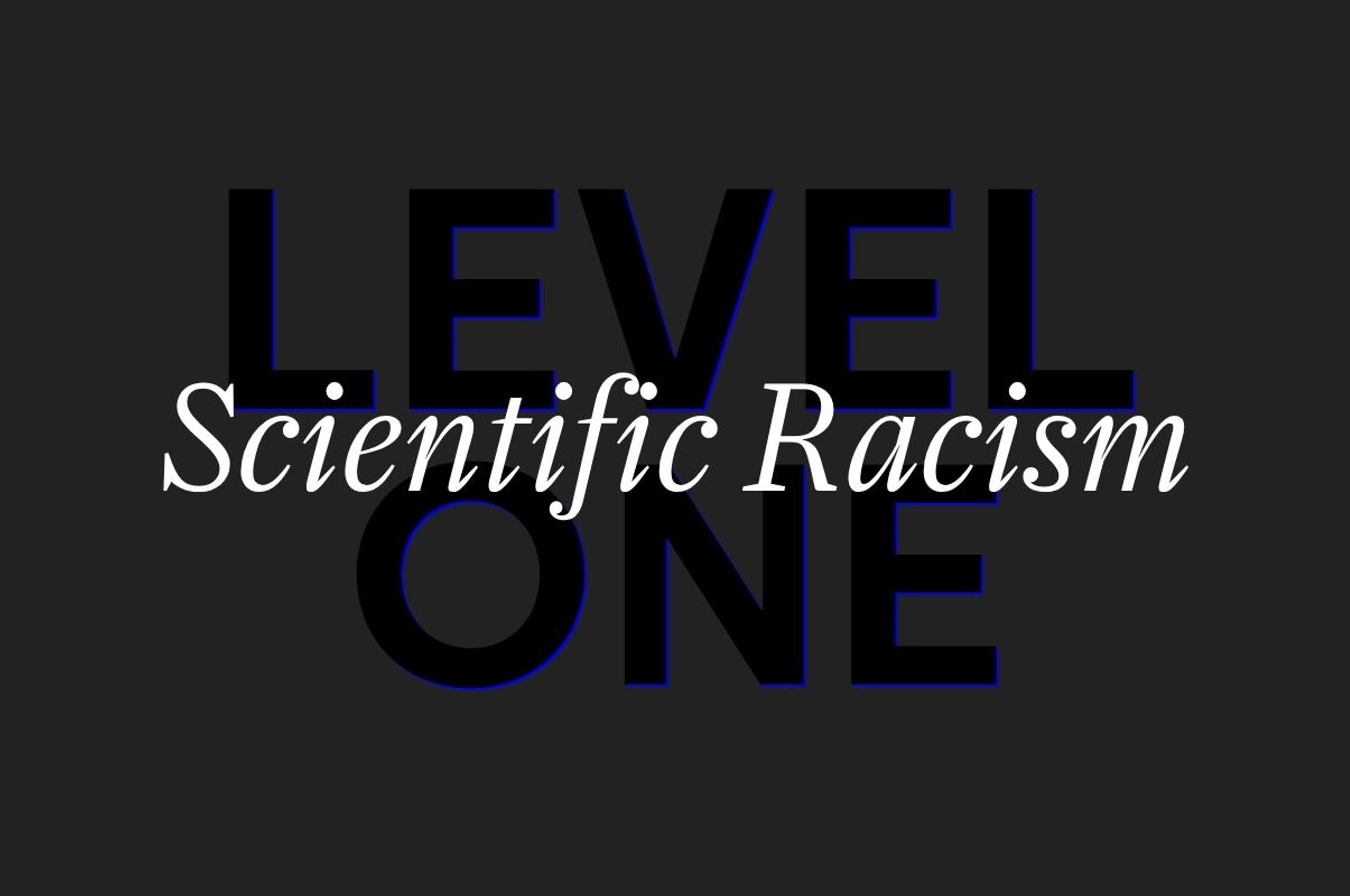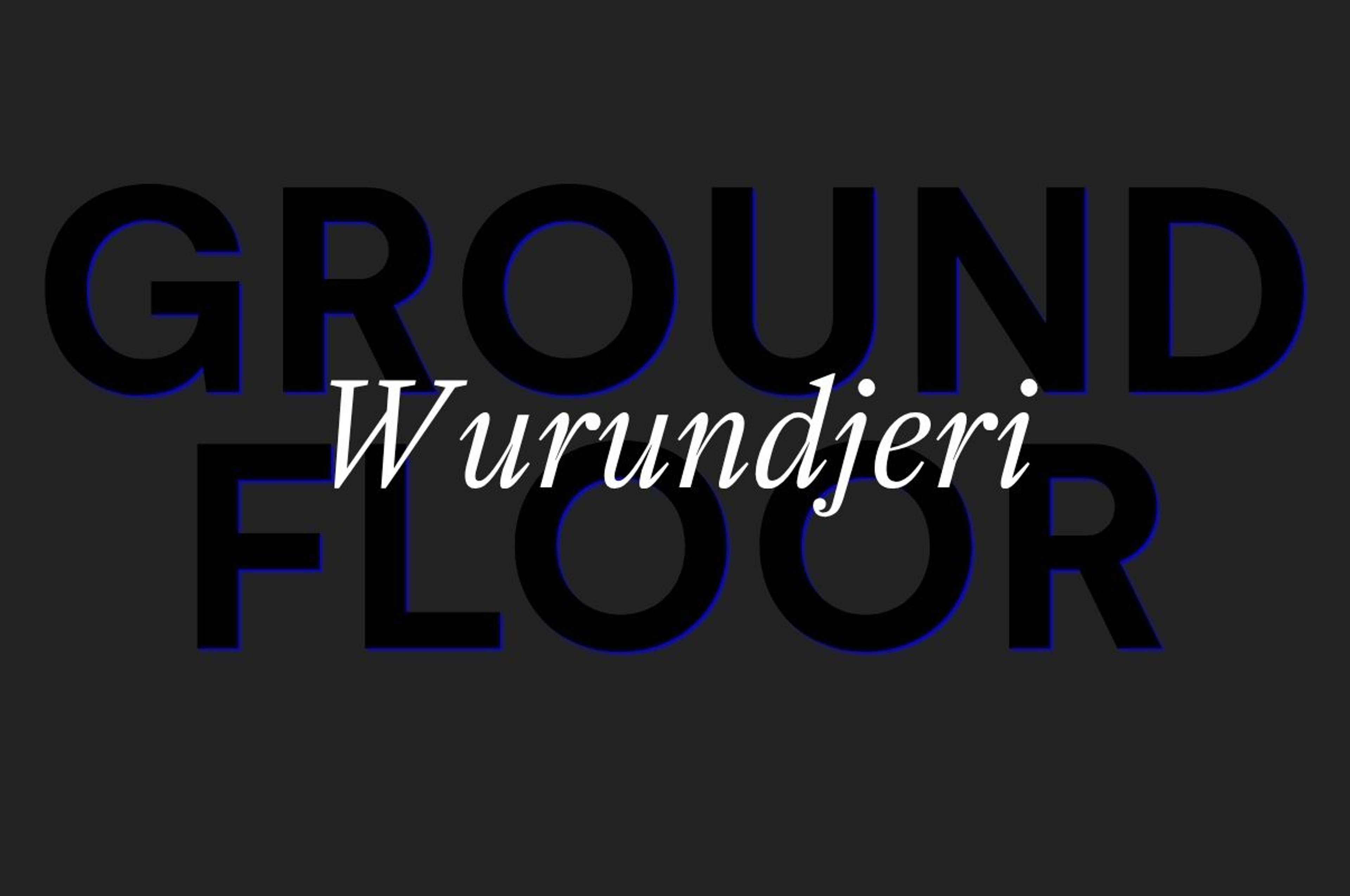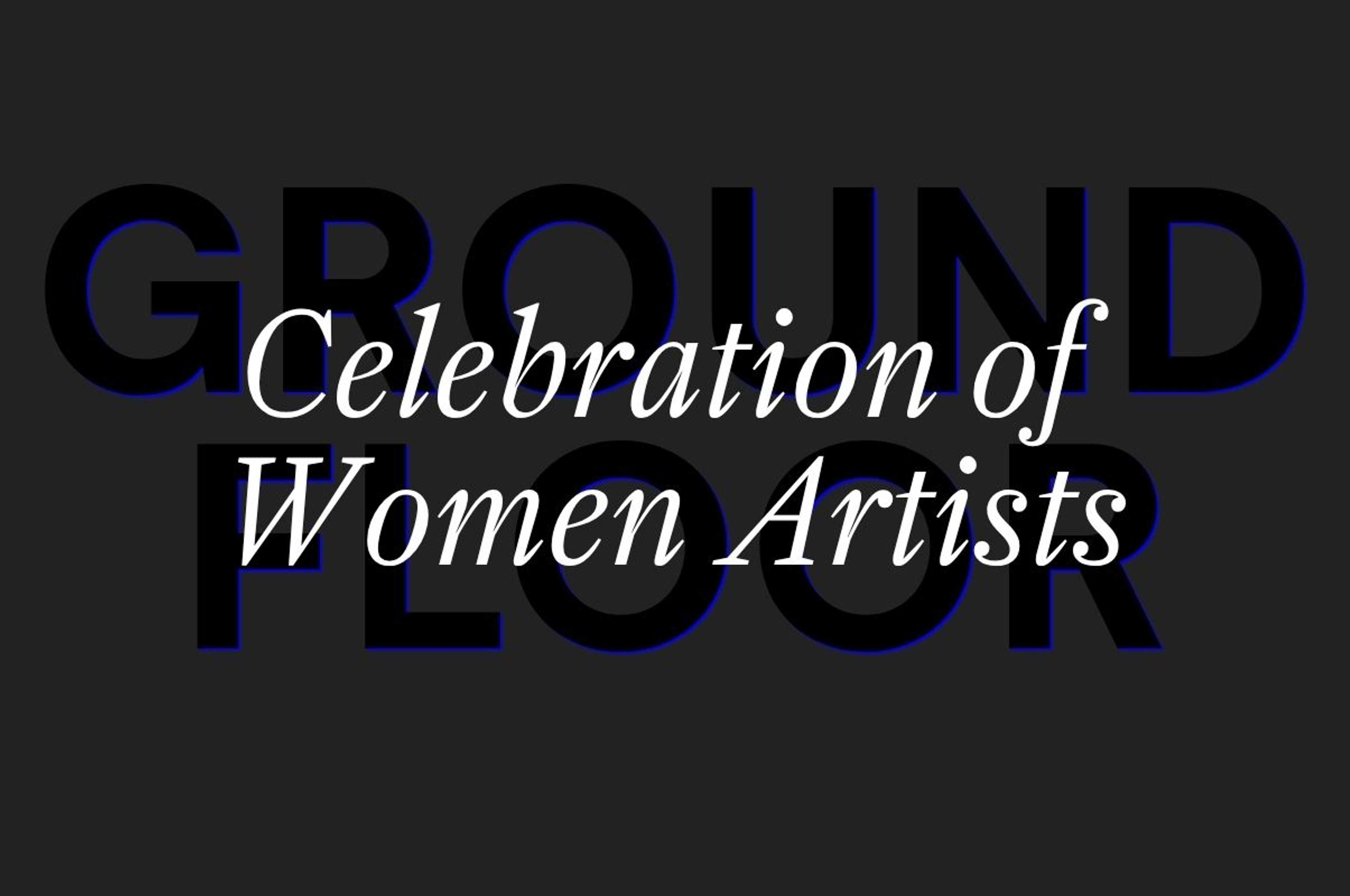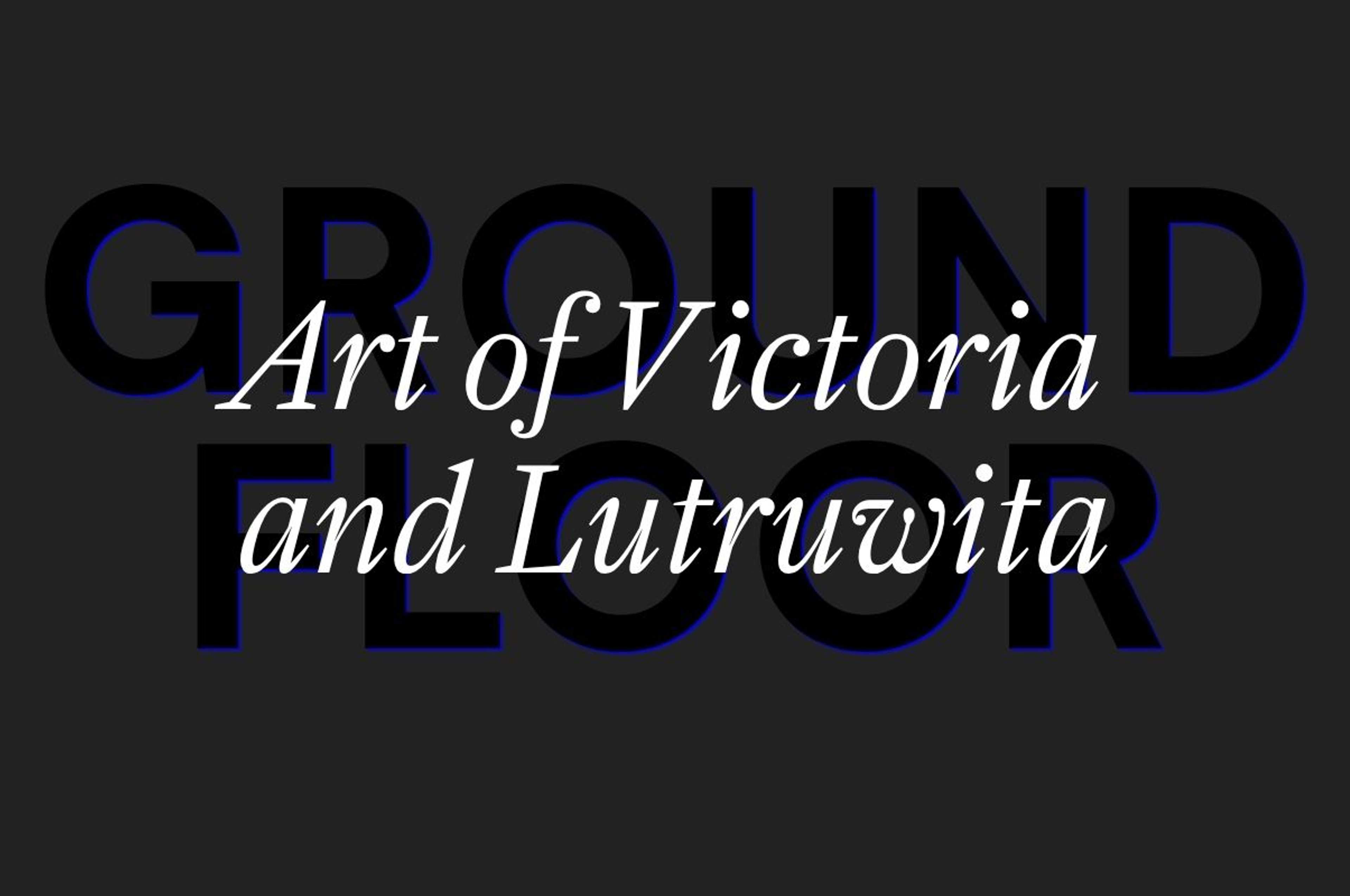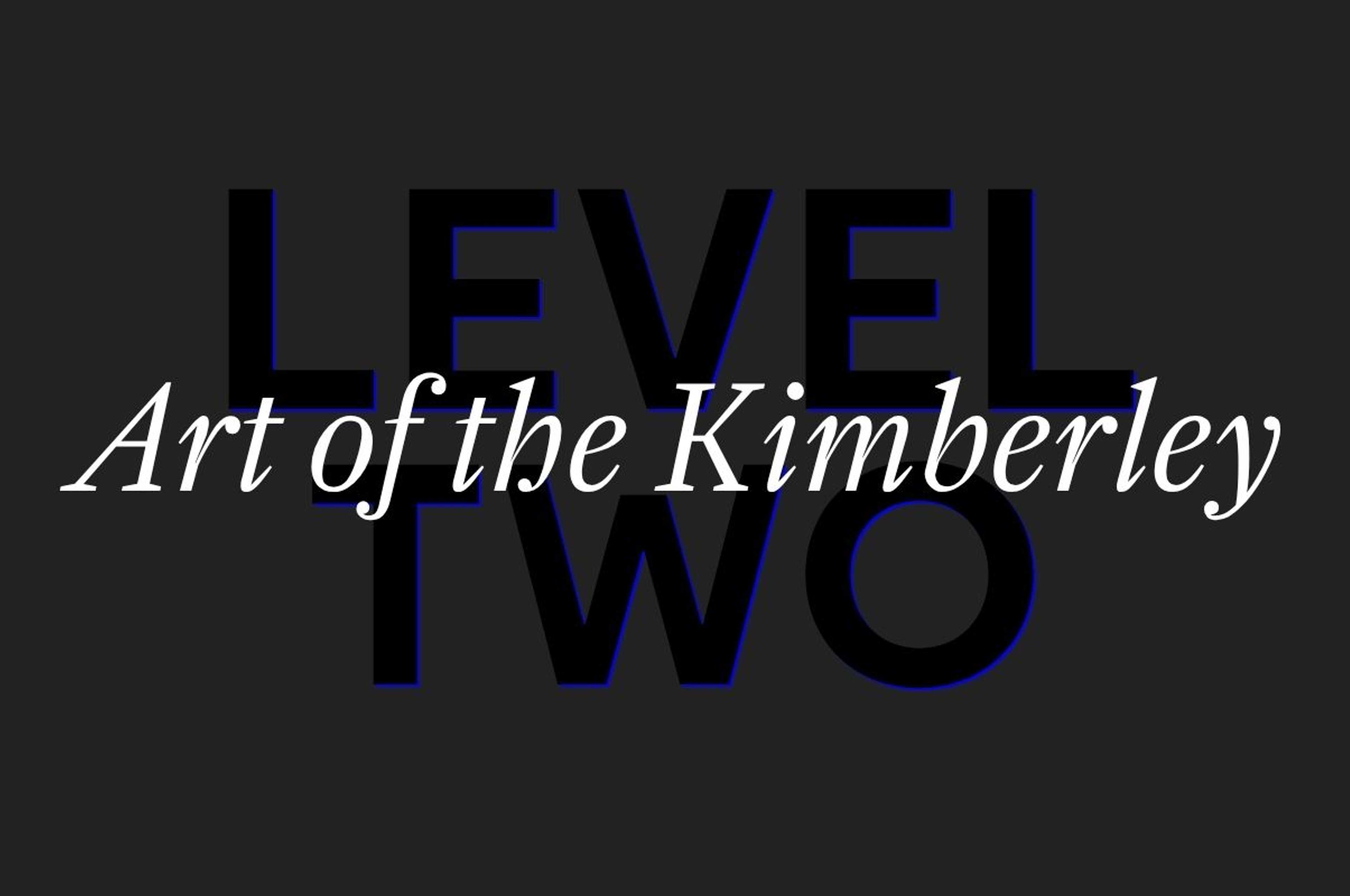Art of Arnhem Land
Level One
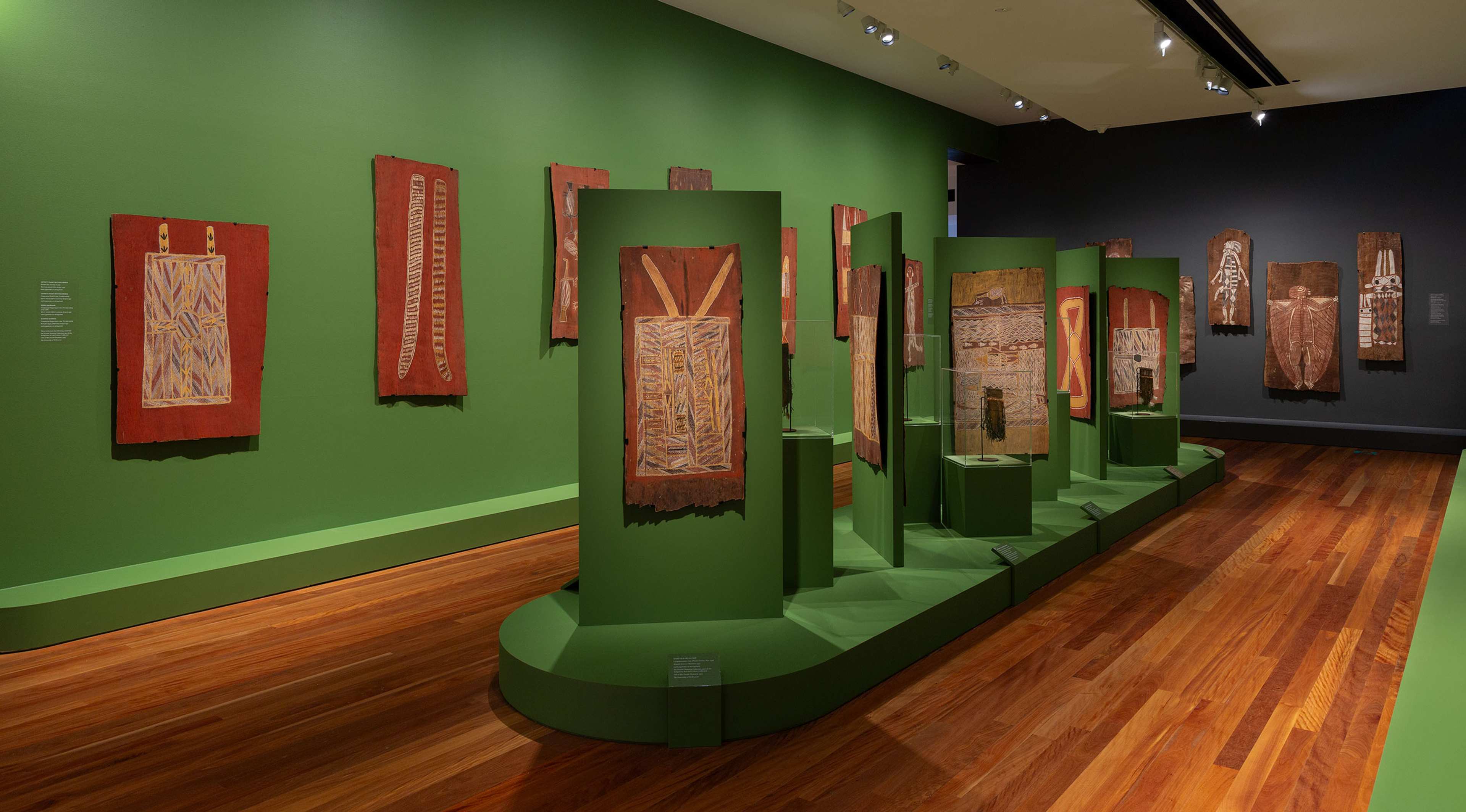
Installation view of 65,000 Years: A Short History of Australian Art, Potter Museum of Art, the University of Melbourne, 2025. Including items from the Donald Thomson Collection. Gift of Mrs Dorita Thomson, 1973. At rear items from the collection of Museums Victoria. Photography by Christian Capurro
About the room
This gallery examines the bark painting and weaving traditions developed by generations of Aboriginal artists across Arnhem Land. It begins with rare historical bark paintings from West Arnhem Land that reference images from the rock escarpment. These paintings were commissioned from 1912 onwards by Baldwin Spencer (then professor of biology at the University of Melbourne) and Paddy Cahill in exchange for sticks of tobacco. A cross-cultural art form using organic materials evolved, with the paintings becoming a transportable commodity that could be bought and sold.
This commission established a precedent followed by other anthropologists, notably Donald Thomson, who from 1935–1942 conducted extensive fieldwork among the Yolŋu in East Arnhem Land and commissioned an important body of bark paintings and bathi (baskets) from Yolŋu leaders.
The men’s bark paintings, the earliest well-documented Yolŋu examples of this scale and complexity, reveal the artists’ distinctive miny’tji (clan designs), many heightened against plain red ochre grounds as they would appear on men’s bodies for Ŋärra’ ceremonies.
The strength and dynamism of Yolŋu culture is shown by the twenty-first century larrakitj (hollow poles) and bark paintings by senior female and male Yolŋu artists, three of whom are direct descendants of Mundukul Marawili and Woŋgu Munuŋgurr, who produced bark paintings commissioned by Thomson.

